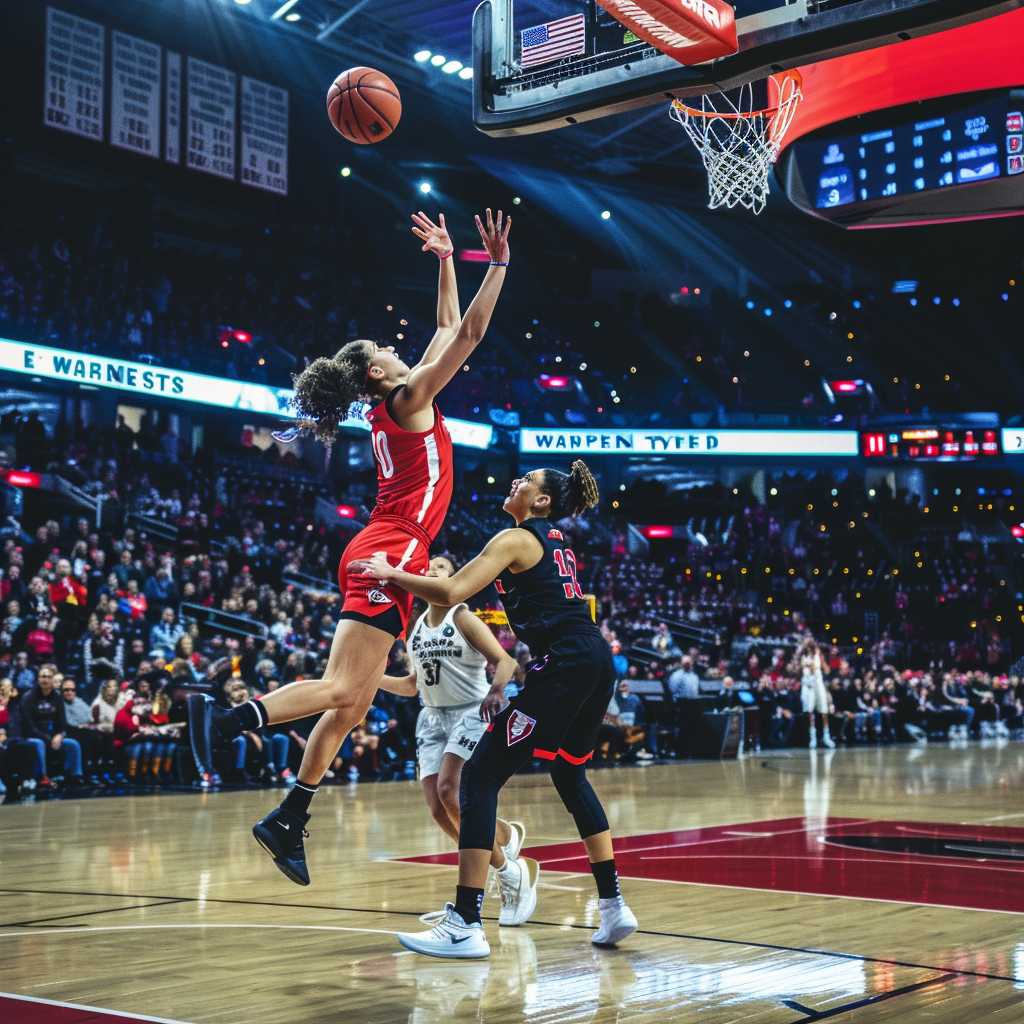The Pinnacle of Women’s College Basketball: A Comprehensive Look into the NCAA Women’s March Madness Tournament
The annual NCAA Women’s March Madness Tournament stands as a season-defining spectacle in the world of college sports. An event that garners widespread attention, it is not just a basketball tournament but also a platform celebrating women in athletics, showcasing their skill, endurance, and competitive spirit. With a history that dates back decades, Women’s March Madness is an important cultural and athletic event that brings together teams from across the United States in a battle for collegiate basketball supremacy.
Origins and Evolution of Women’s March Madness
The inception of the NCAA Women’s Basketball Tournament took place in 1982, several years after the passing of Title IX — a U.S. Federal law aimed at ensuring gender equality in educational programs and activities receiving federal financial assistance. This was a significant starting point that has allowed Women’s College Basketball to grow into the major sporting event it is today.
Over the years, the tournament has expanded in size and prestige, reflecting the growing popularity and competitiveness of women’s basketball. The increase in both television coverage and corporate sponsorships throughout the years has elevated its status to rival that of the men’s competition. The women’s tournament features a spectacle of 64 college teams from various conferences vying for the coveted national championship title each spring.
Structure and Selection Process
Similar to its male counterpart, the Women’s March Madness structure includes several rounds: First Round, Second Round, Regional Semifinals (Sweet Sixteen), Regional Finals (Elite Eight), National Semifinals (Final Four), and culminating in the championship game. Teams from all over the country, representing both big conferences with automatic bids and smaller conferences winning at-large berths, secure their spots through hard-won seasons or conference tournament victories.
The selection process for March Madness is undertaken by a committee that evaluates teams based on their performance throughout the season. Teams are then seeded based on their perceived strength. The meticulous process ensures a fair and balanced bracket, creating intense matchups that are unpredictable and riveting to watch.
Cultural Impact and Growing Visibility
Women’s March Madness has played a significant role in promoting and improving the visibility of women’s sports. Traditionally overshadowed by men’s athletics, the tournament has helped to dispel misconceptions about female athletes’ capabilities, bringing talent to the forefront and garnering enthusiasm from fans worldwide.
Media coverage has increased exponentially over time. Broadcasting deals have been significant in promoting the competition and female student-athletes’ recognition. Social media has also been pivotal in expanding reach, with highlights and player stories being shared across platforms, helping to inspire young athletes and elevate women’s sports.
Historic Milestones and Iconic Moments
The tournament is replete with historic milestones and iconic moments that have contributed to its lore. From buzzer-beaters to record-breaking performances, March Madness has continuously served as a stage where legends are born. Legendary programs and coaches have also influenced the narrative, enriching the history of women’s collegiate basketball with each passing year.
Challenges Faced by Women’s March Madness
Despite its growth, Women’s March Madness faces challenges related to equal representation and resource allocation compared to men’s sports. Concerns about facilities, merchandising disparity, and promotional discrepancies are issues that have caused public discourse on equality in college sports. Building on this discussion helps ensure that future tournaments provide an equitable environment for all athletes.
Legacy and Future Prospects
Women’s March Madness symbolizes more than an annual sporting event; it signifies a continuing journey towards empowerment for female athletes. As it looks forward, embracing technological advancements for engaging viewership experiences while continually driving conversations on equality is essential for its enrichment and preservation as a major athletic competition.
